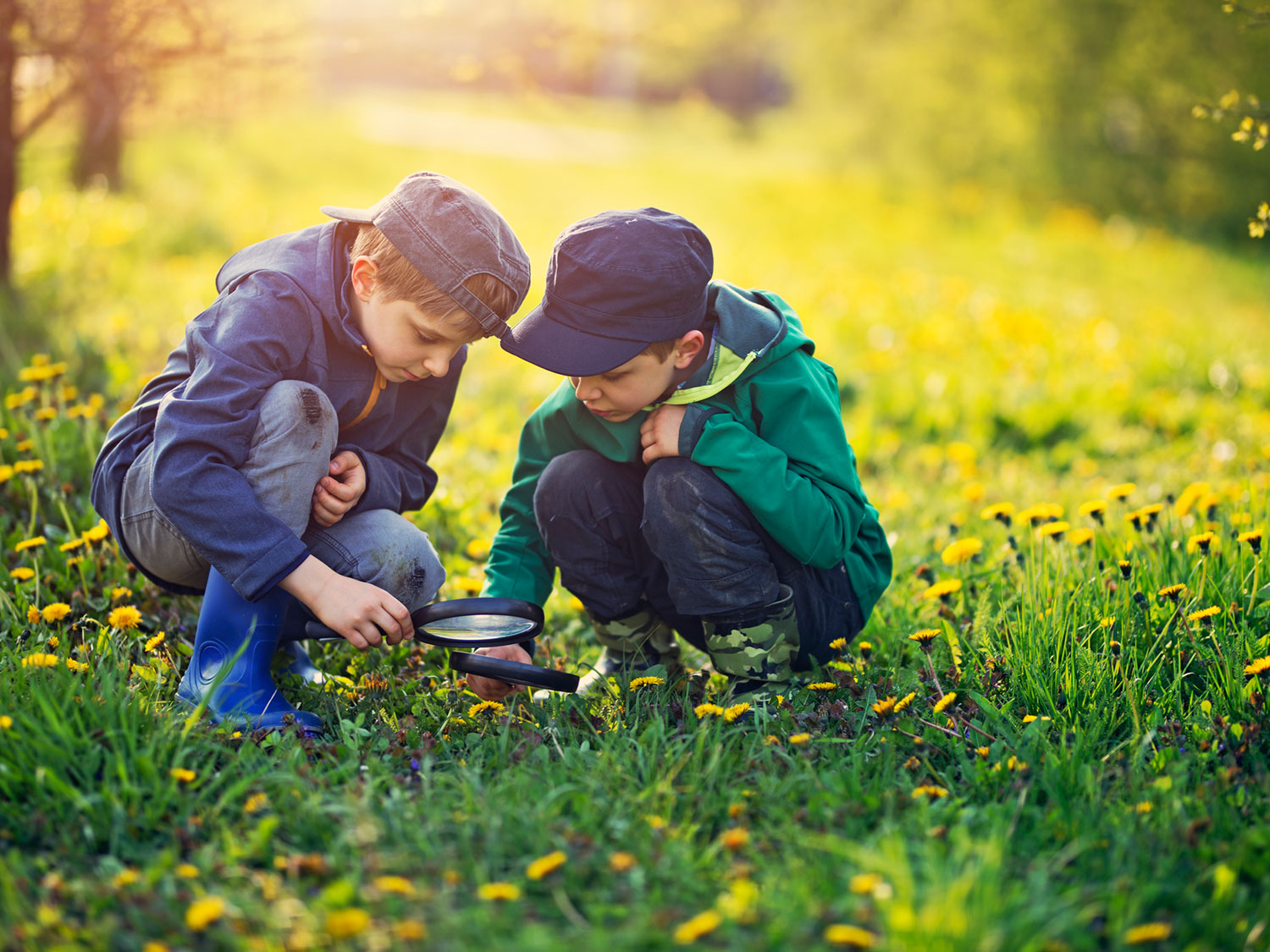Objective:
Learning vocabulary related to the local natural environment, developing investigation and observation skills, learning about the importance of the
ecosystem and biodiversity
(challenging misconceptions)
Time needed:
- 45 minutes
Group size:
- According to the size of the class.
Age of students:
- 6-10 years old
Materials needed:
- Interactive board
Description of the tool:
- Identify an area within the school ground or near school that presents a natural environment, including some
trees, bushes and so on. -
Check prior knowledge.
-
Show a photo of this area to class and let them guess where it is. Once the place is identified, introduce vocabulary elements through discussion. Pupils need
to guess what elements are found in such a place. Useful words can be:
tree, olive tree, bush, tree stump,
insect, spider, web, branch, grass, flowers.
Unrelated words can also be included as distractors, such as pencil, book, bus, shoes….
Vocabulary can be reinforced through a matching activity. - Prepare worksheet with
scavenger hunt that includes the above vocabulary with pictures. - Place the children in groups, ask them to go to the natural area and they need to tick the objects that they find.
- Ask the group to get together and compare their findings.
- Introduce the use of a magnifying glass in order to have a closer look at certain things, such as small insects, markings on tree bark, veins of
leaves, etc. - Through discussion, emphasize the importance of each element of nature, challenging misconceptions. Insects, spiders and other small creatures are essential to the natural cycle.
This activity can lead to further naturalistic activities, such as learning about spiders, or about pollination.

